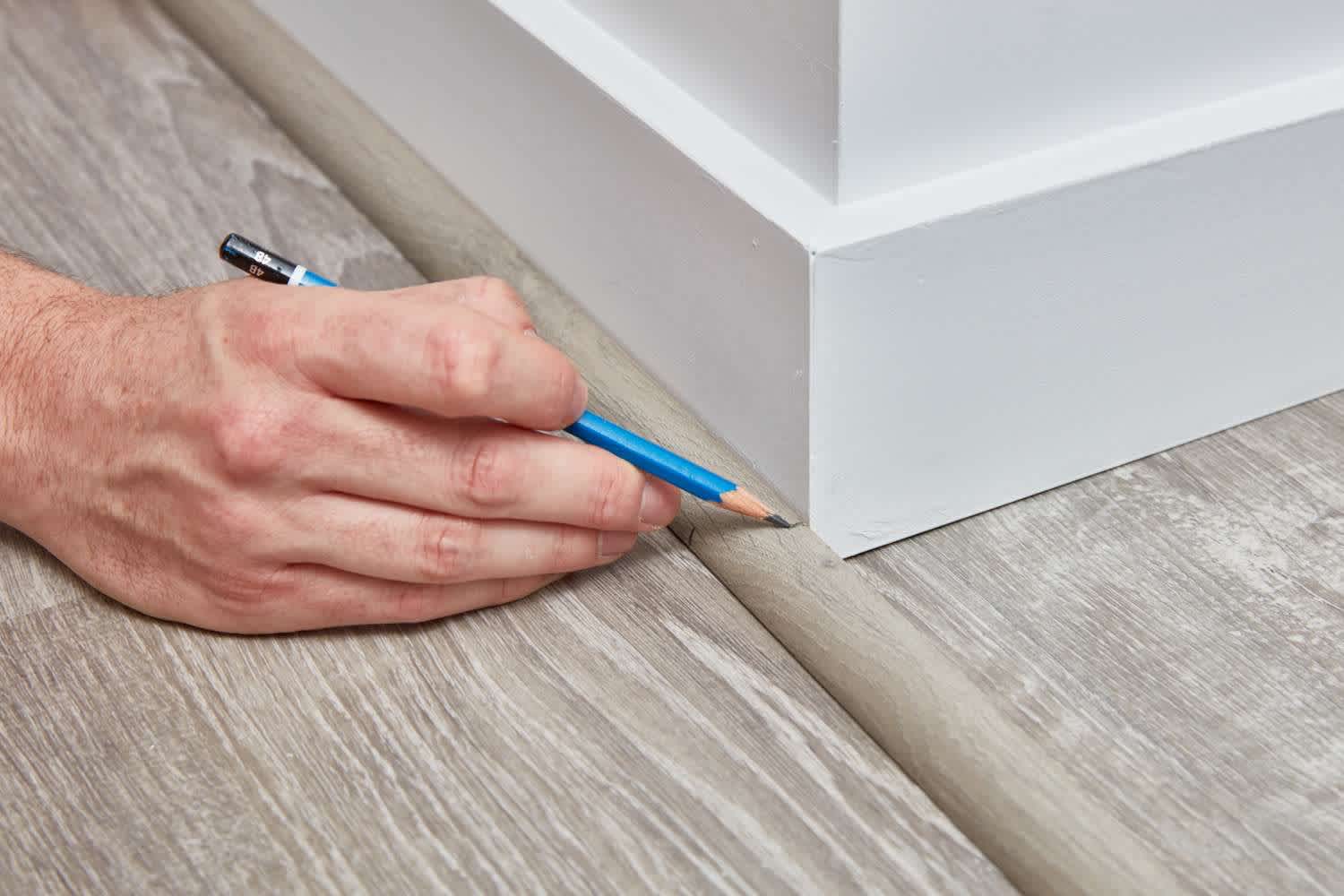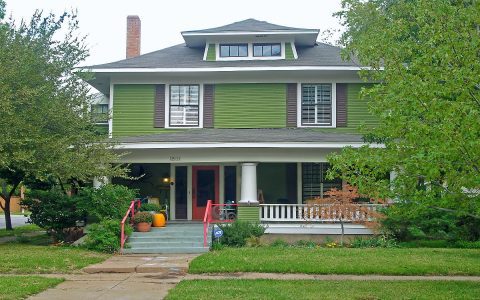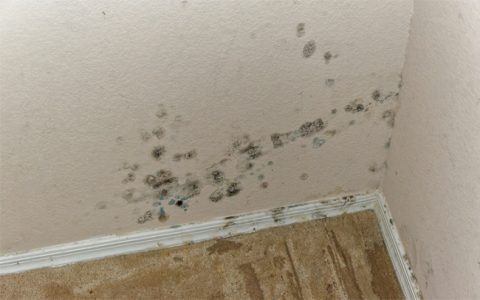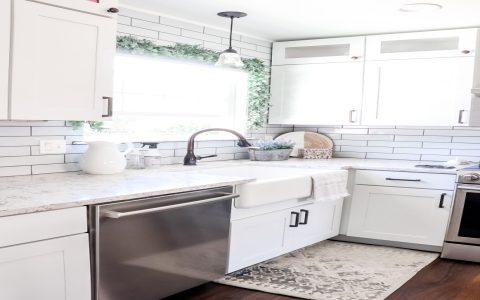Baseboards and Shoe Molding Explained
Baseboards are the primary trim installed along the bottom of interior walls where they meet the floor. Shoe molding is a smaller, often quarter-round or similarly profiled, decorative trim piece. It is installed against the face of the baseboard, at the very bottom, covering the junction with the flooring.
Purpose and Combined Function
When used together, baseboards and shoe molding offer enhanced functionality and aesthetics:
- Effective Gap Coverage: Flooring, especially wood or laminate, requires an expansion gap at the room's perimeter. Shoe molding excels at concealing this gap, particularly on uneven floors, providing a cleaner finish than baseboards alone.
- Aesthetic Refinement: It adds a distinct decorative detail, creating a more deliberate and polished transition between the baseboard and the floor.
- Baseboard Protection: Shoe molding can absorb impacts from vacuum cleaners, footwear, and mops, protecting the lower edge of the baseboard.
Advantages of This Combination
- Adaptability to Uneven Floors: Shoe molding's flexibility allows it to conform better to slight irregularities in floor levels, ensuring a tighter seal and a more continuous line.
- Enhanced Visual Detail: The layering of trim adds architectural interest and contributes to a more sophisticated, custom appearance.
- Simplified Flooring Edge Treatment: It can accommodate a slightly less precise edge for flooring materials since it will cover minor variations.
- Concealment of Imperfections: Effectively hides minor discrepancies or old caulk lines at the baseboard-floor junction.
Critical Installation Note
For optimal performance and to allow for natural floor movement, shoe molding must be nailed into the baseboard, not into the flooring. This prevents the molding from restricting floor expansion and contraction, which could otherwise lead to buckling or gapping.











